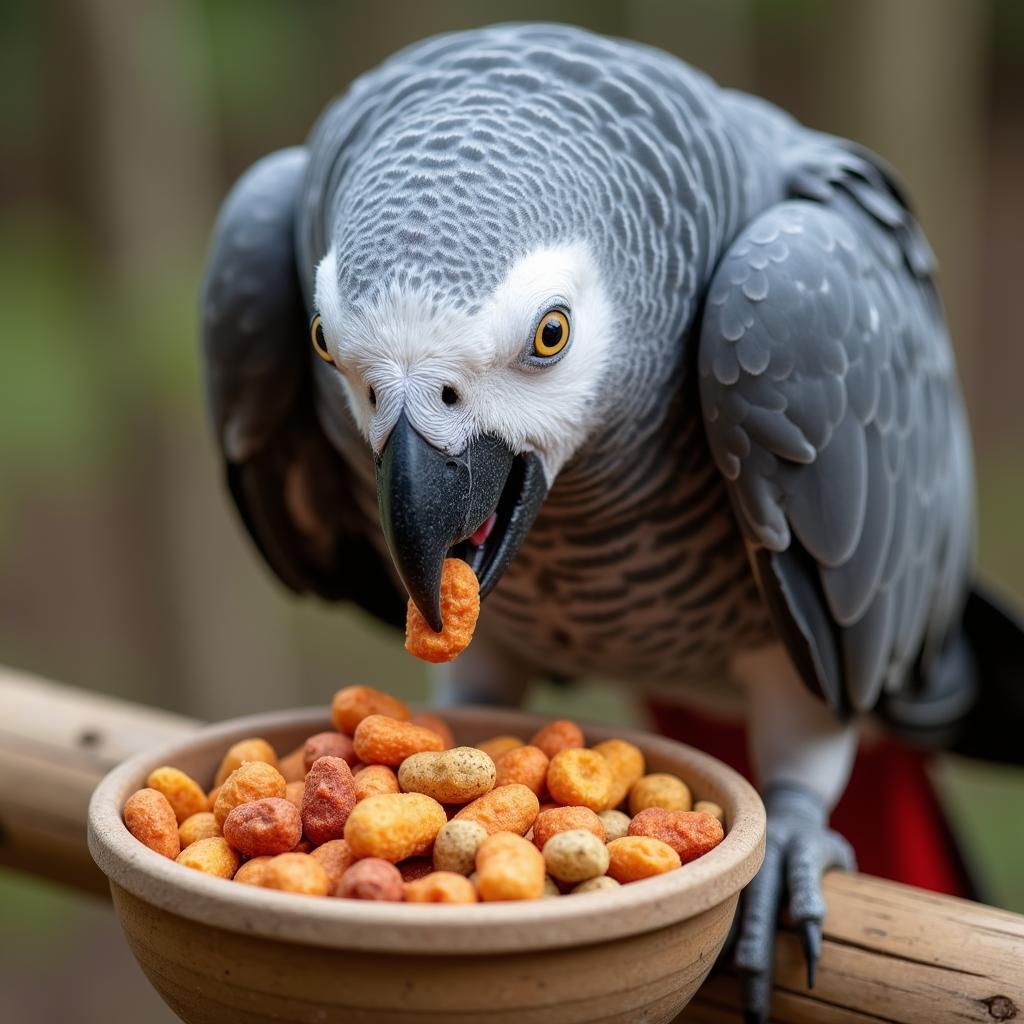African Creatures in Hollywood Movies Based on True Stories
The captivating world of African wildlife has long been a source of inspiration for filmmakers, captivating audiences with tales of adventure, survival, and the extraordinary bonds between humans and animals. From the iconic “Born Free” to the more recent “The Lion King,” these cinematic masterpieces have transported viewers to the heart of the African wilderness. But what makes these stories even more intriguing is their connection to reality, their foundation in true events that highlight the incredible resilience and beauty of Africa’s creatures.
In this exploration, we’ll dive into the fascinating world of African creatures that have graced the silver screen, delving into their captivating stories and the real-life individuals who inspired them. Join us as we uncover the truth behind some of Hollywood’s most beloved animal-based movies and explore the profound impact these films have had on our understanding and appreciation of the African continent.
The Real-Life Inspiration Behind “Born Free”
“Born Free,” the 1966 film starring Bill Travers and Virginia McKenna, remains a timeless classic, captivating audiences with its heartwarming story of a lioness named Elsa raised in captivity who is eventually released back into the wild. This touching tale of rewilding wasn’t just a figment of screenwriter’s imagination; it was based on the true story of George Adamson and Joy Adamson, a pioneering conservationist couple who dedicated their lives to studying and protecting African wildlife.
The film’s inspiration, Elsa, was a lioness rescued from a lion cub hunt by Joy Adamson. While the Adamsons initially intended to release her back into the wild after a few months, Elsa formed an extraordinary bond with Joy, making her the ultimate subject of study for the couple’s research. Through years of observation and interaction, the Adamsons gained a deep understanding of lion behavior and the challenges faced by wildlife in a rapidly changing world.
“Elsa became a beacon of hope for us, a living testament to the possibility of rewilding and the enduring power of the human-animal bond.” – George Adamson
Elsa’s story and the Adamsons’ tireless efforts to protect her played a crucial role in raising global awareness about the importance of conservation. Their work ignited a passion for wildlife preservation around the world, inspiring generations to advocate for the protection of Africa’s magnificent creatures.
The True Story Behind “The Lion King”
“The Lion King,” the 1994 Disney animated masterpiece, is a classic story of courage, responsibility, and the circle of life. The movie’s central theme, the struggle for power and the inevitability of change, resonated deeply with audiences of all ages. But while the film is a work of fiction, it draws inspiration from the real-life dynamics of lion prides and the complex social structures within these groups.
In the wild, male lions often engage in fierce battles for dominance, vying for the right to lead the pride. These battles can be brutal, with the victor often inheriting the responsibility of protecting the pride’s territory and ensuring the survival of their cubs. While the film may not directly mirror a specific event, it captures the essence of these power struggles and the profound impact they have on the lives of individual lions.
“The Lion King is a timeless tale that speaks to the universal themes of life, death, and the cyclical nature of the natural world. The film’s portrayal of lion behavior, though stylized, reflects the complex social dynamics and power struggles that exist in these magnificent creatures.” – Dr. Jane Goodall, Renowned Primatologist
The Real-Life Connection to “The Ghost and the Darkness”
“The Ghost and the Darkness,” the 1996 thriller starring Val Kilmer and Michael Douglas, tells the true story of two man-eating lions that terrorized the construction workers building a railway bridge in Kenya in the late 19th century. The film depicts the deadly encounters between the lions and the brave hunters sent to track them down, culminating in a tense standoff that highlights the ferocity and intelligence of these formidable creatures.
The film is based on the real-life events chronicled in the book “The Ghost and the Darkness” by John Henry Patterson, a railway engineer who was directly involved in the man-eating lion hunt. Patterson’s account details the terror that gripped the construction site as the lions, believed to be named “Ghost” and “Darkness,” relentlessly targeted human prey. The film’s depiction of the lion’s cleverness and the challenges faced by the hunters accurately reflects Patterson’s harrowing experiences.
“These lions were cunning, intelligent, and relentless. Their attacks were swift, unexpected, and terrifying.” – John Henry Patterson
The real-life story of the man-eating lions highlights the inherent dangers of wildlife encounters and the importance of understanding and respecting the boundaries of the natural world. The film served as a stark reminder of the power and unpredictability of nature, leaving a lasting impression on audiences.
Conclusion
These are just a few examples of the many African creature-based Hollywood movies that have been inspired by real-life events. From heartwarming stories of rewilding to thrilling encounters with predators, these films have not only entertained audiences but also educated and inspired viewers about the extraordinary beauty and resilience of Africa’s wildlife.
By exploring these true stories, we gain a deeper understanding and appreciation for the remarkable creatures that call Africa home and the importance of protecting their habitats for future generations. These cinematic masterpieces serve as a powerful reminder of the interconnectedness of all living things and the crucial role we play in ensuring the survival of the planet’s biodiversity.

